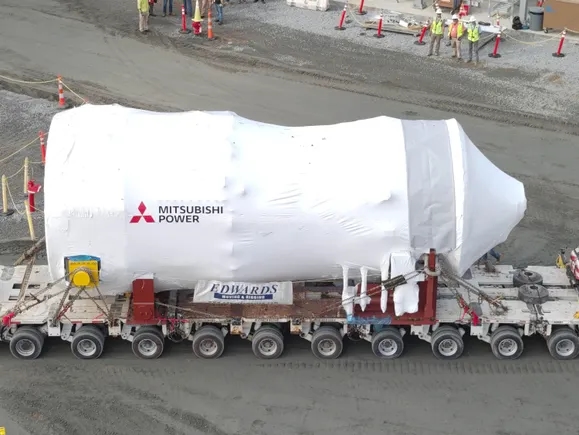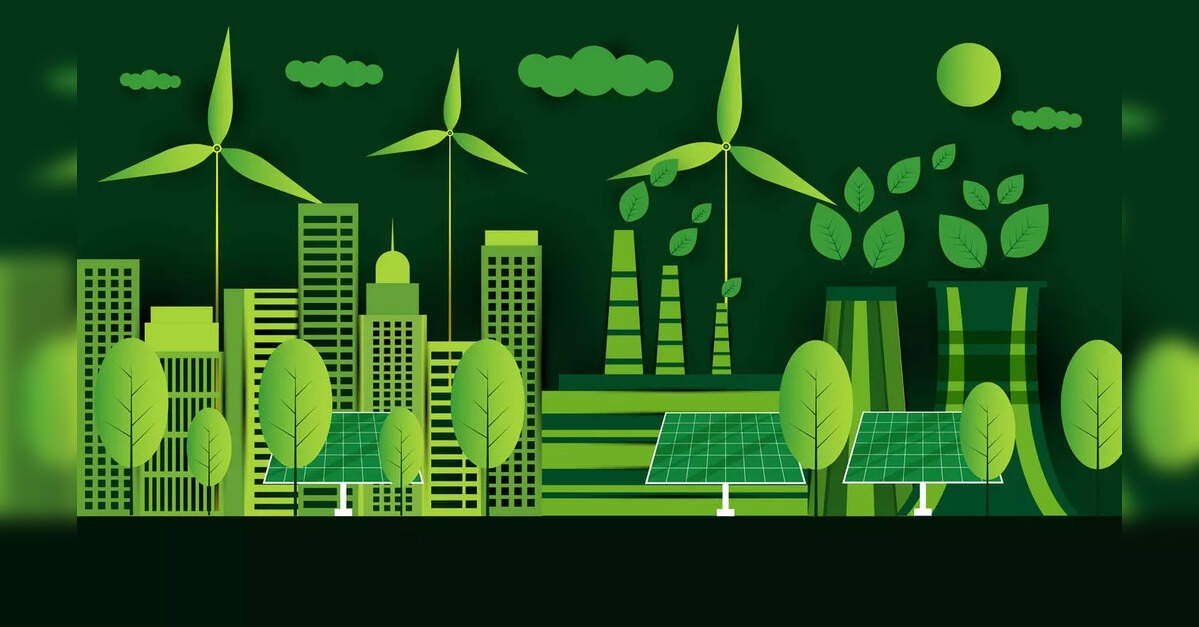The week in 5 numbers: The electricity price report everyone is talking about

An article from 

Plus utility identity fraud, turbine backlogs and more.
This audio is auto-generated. Please let us know if you have feedback.
A report on electricity prices from the Lawrence Berkeley National Laboratory challenged many assumptions across the power sector about load growth, renewable portfolio standards and distributed energy resources. The full picture is nuanced and highly dependent on geography — and sure to provide fodder for heated discussions around state and federal energy policy in the months to come.
Here’s a roundup of that and other numbers highlighting major trends in electric power, and some illuminating figures that flew under the radar:
The number of states where overall retail electricity prices fell from 2019 to 2024 when adjusting for inflation, according to the Berkeley Lab report. However, changes in price were not felt evenly across the country or by residential, commercial and industrial customers, respectively. Taking inflation into account, prices fell a small amount in many states but rose more in concentrated population centers in California and New England. Nationally, they also rose faster for residential customers than they did for commercial and industrial ones.
The number of reports of stolen identities used to open new utility accounts last year, according to the FTC’s Consumer Sentinel Network. Research by David Maimon, head of fraud insights at SentiLink, shows that the use of both stolen and synthetic identities to defraud utilities is persistent — and growing.
The value of battery and manufacturing grants canceled by the Department of Energy in another round of clean energy funding cuts, an agency spokesperson confirmed this week. The spokesperson said the projects had missed milestones and would not provide a positive return on investment of taxpayer dollars. The grant recipients reportedly included Ascend Elements, American Battery Technology, Anovion, ICL Specialty Products and LuxWall.
The capacity of GE Vernova’s total gas turbine backlog. GEV is one of three turbine manufacturers that dominate the market, and has added hundreds of manufacturing employees and machines as it ramps up production. However, the company’s fastest-growing segment is electrification. CEO Scott Strazik said on an earnings call this week that GEV sees a clear opportunity to diversify beyond transmission equipment and services into “integrated solutions with power generation and electrical equipment” for a “new archetype of customers … like data centers.”
utilitydive





